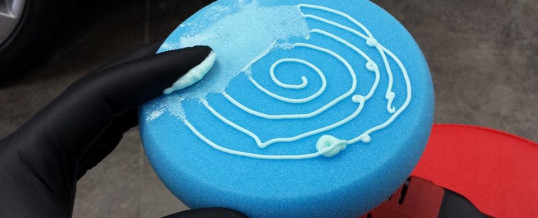
For consistent, high-performance polishing, it’s all in the prime! Priming your pad prior to polishing can help boost your polishing performance. Pad priming is recommended for all types of compound and pads, but here I’m using the Scholl Concepts Blue Polishing Pad and Scholl Concepts S30+ Rubbing Compound to illustrate how and why:
Starting with a new, fresh pad, I always run the pad against my hand or pad spur to make sure it’s clean and to remove any loose particles that may be present from manufacture, transportation or storage. Now you are ready to start polishing.
We have all seen or heard the mention of two pea-sized drops on a pad. Now this will work, but not as a starting point.
Pic left: A fresh, new Blue Pad (dry) with two pea-sized drops of S30+, is not an ideal starting point as we will discuss.
If you rub a dry pad against your hand, you will notice that very soon your hand gets hot (be careful not to burn yourself!).
Remember, with all polishing, each foam pad will have a degree of mechancial cut of it’s own. In its dry form, this surface can be quite dangerous, easily overheating and burning the paint. My recommendation is to apply a liberal amount of polish to the fresh pad. Then carefully massage it into the face of the pad – often refered to as ‘priming the pad’.
Left to right: Apply a proper amount of compound, massage it in and get ready to polish.
Although this may look wasteful, this can make all the difference when you actually start polishing, for two main reasons:
- Your chosen polish will have its own lubrication (you may not have considered this before) and you will now have a cooler-running pad, which will suit many of the new paint systems that manufacturers are using today. It’s much safer too, especially when working delicate areas like edges because of the extra lubrication!
- The whole face of the pad is now working – cutting – for you. No hot/cool areas that could cause problems and inconsistent results. The theory is quite simple; a primed pad is like a piece of sandpaper with the abrasives evenly spread out.
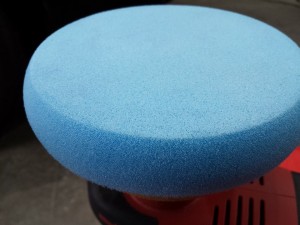 Left: An evenly-coated pad. Close up you can see the benefits.
Left: An evenly-coated pad. Close up you can see the benefits.
After each polishing stage, clean and re-apply polish to the pad, trying to keep the pad evenly coated with polish.
Left: A primed pad, with two pea-sized drops of Scholl Concepts S30+, ready to polish the next section.
The exact amount of polish you use and the pad combination can vary massively between all paint systems; even sometimes between two cars from the same manufacturer. So it’s not an exact science, but hopefully starting from an even, ‘primed’ point will help.
Happy polishing.
OCT

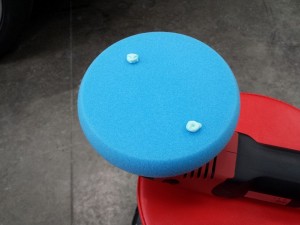
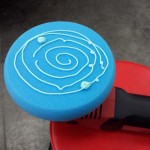
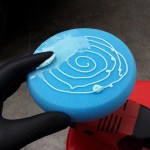
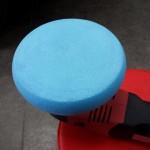
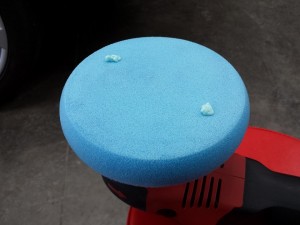
About the Author:
Roy Kunz is a professional detailer who has been detailing cars professionally since 2004 and carrying out high end valeting, detailing, Concours preparation and paint correction services nationwide. Roy has looked after some of the world’s finest cars, including the Horsepower Racing collection of prestige and iconic sports cars. rare Ferraris and Porsches, valuable private collections and has attained many Concours D’ Elegance victories.